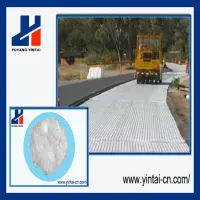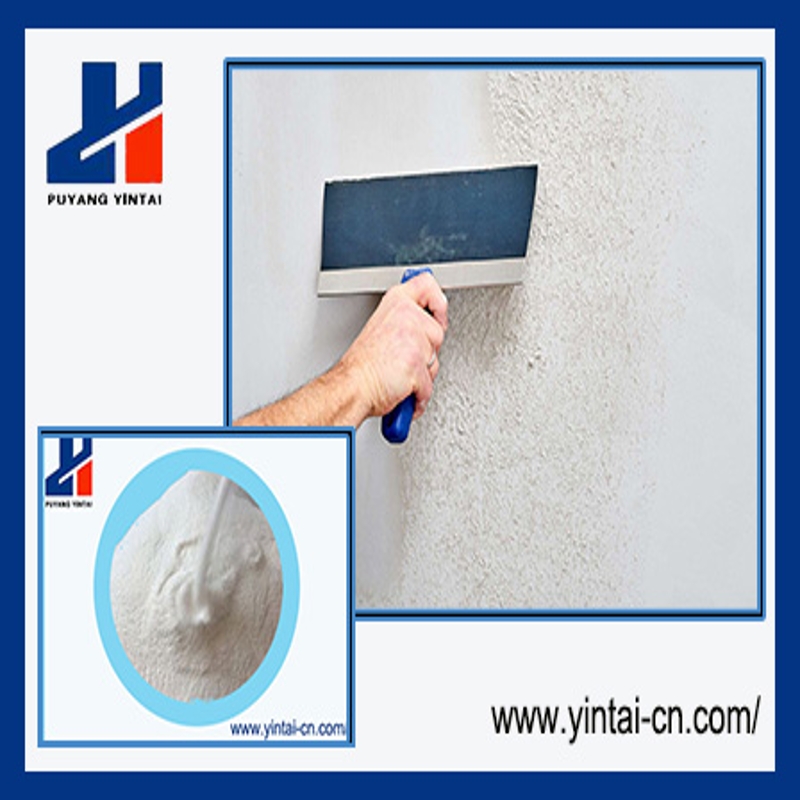-
Categories
-
Pharmaceutical Intermediates
-
Active Pharmaceutical Ingredients
-
Food Additives
- Industrial Coatings
- Agrochemicals
- Dyes and Pigments
- Surfactant
- Flavors and Fragrances
- Chemical Reagents
- Catalyst and Auxiliary
- Natural Products
- Inorganic Chemistry
-
Organic Chemistry
-
Biochemical Engineering
- Analytical Chemistry
- Cosmetic Ingredient
-
Pharmaceutical Intermediates
Promotion
ECHEMI Mall
Wholesale
Weekly Price
Exhibition
News
-
Trade Service
In network hardware, there is another type that cannot be ignored is the network transmission medium, which we usually call network cables
.
At present, the more common network cables are divided into thin twisted pair, optical fiber cable, coaxial cable and thick coaxial cable
.
1.
Optical fiber cable: optical fiber cable is a new generation of transmission medium, compared with copper medium, optical fiber has been greatly improved
in terms of security, reliability and network performance.
In addition, the bandwidth of optical fiber transmission greatly exceeds that of copper cables, and the maximum connection distance it supports is more than two kilometers, which is an inevitable choice
for building a larger network.
Because optical fiber cable has the advantages of good anti-electromagnetic interference, strong confidentiality, fast speed and large transmission capacity, its price is also relatively expensive and is rarely used
in household occasions.
At present, there are two different types of optical fibers that are more common, namely single-mode fiber and multimode fiber (the so-called "mode" refers to a beam of light entering the fiber at a certain angle).
Multimode fiber is generally used for network connections
within the same office building or relatively close areas.
Single-mode fiber, on the other hand, carries higher quality data over longer distances and is often used to connect networks between office buildings or more geographically dispersed
.
If optical fiber and cable are used as the network transmission medium, it is also necessary to add equipment such as optical transceivers, so the cost investment is greater and it is less used
in general applications.
2.
Twisted pair: Twisted pair is a flexible communication cable, containing pairs of insulated copper wires, which are characterized by cheap prices, so they are widely used, such as our common telephone lines
.
According to the maximum transmission rate, twisted pair can be divided into 3 categories, 5 categories and super 5 categories
.
The speed of Category 3 twisted pair is 10MB/s, Category 5 can reach 100MB/s, and Category 5 is up to 155MB/s or more, which can meet the needs of future multimedia data transmission, so it is recommended to use Category 5 or even Category 5 twisted pair
.
Twisted pair can also be divided into shielded twisted pair (STP) and unshielded twisted pair (UTP).
Although the STP twisted pair has a lower rate (only 4MB/s), but the anti-interference is stronger than the UTP twisted pair, so the price is much more expensive, now this kind of twisted pair is a few yuan a meter, expensive may be more than a dozen yuan to buy a meter
.
In contrast, the price of UTP twisted pair is generally about one meter and one yuan, which is relatively low
.
In addition, the popular names of commonly used 10m and 100m unshielded twisted pair are 10base-t and 100base-t, which can often be seen
on the market.
The RJ45 crystal head is also used with the twisted pair, which is used to make the connector between the twisted pair and the network card RJ45 interface, and its quality is directly related to the stability of the entire network and cannot be ignored
.
3, coaxial cable: coaxial cable is many friends are more familiar with a type of transmission medium, it is a layer of insulated wire wrapped in the central copper conductor cable, its biggest feature is good anti-interference ability, stable transmission data, and the price is also cheap, so it was widely used, such as closed-circuit TV lines
.
However, in the past, coaxial cables were used more, mainly because the cost of the bus structure network composed of coaxial cables was low, but the damage of a single cable may lead to the paralysis of the entire network and difficult maintenance, which is its biggest drawback
.
Coaxial cables in Ethernet applications are mainly divided into two types
: thick coaxial cable (10base5) and thin coaxial cable (10base2).
Now coarse coaxial cables are not used much, and fine coaxial cables still have some markets
.
Fine coaxial cable is generally priced at a few yuan per meter in the market, which is not too expensive
.
In addition, the coaxial cable is used to connect with the BNC head, and the coaxial cable sold on the market is generally a finished product that has been connected with the BNC head, and you can choose
it directly.
In network hardware, there is another type that cannot be ignored is the network transmission medium, which we usually call network cables
.
At present, the more common network cables are divided into thin twisted pair, optical fiber cable, coaxial cable and thick coaxial cable
.
1.
Optical fiber cable: optical fiber cable is a new generation of transmission medium, compared with copper medium, optical fiber has been greatly improved
in terms of security, reliability and network performance.
In addition, the bandwidth of optical fiber transmission greatly exceeds that of copper cables, and the maximum connection distance it supports is more than two kilometers, which is an inevitable choice
for building a larger network.
Because optical fiber cable has the advantages of good anti-electromagnetic interference, strong confidentiality, fast speed and large transmission capacity, its price is also relatively expensive and is rarely used
in household occasions.
At present, there are two different types of optical fibers that are more common, namely single-mode fiber and multimode fiber (the so-called "mode" refers to a beam of light entering the fiber at a certain angle).
Multimode fiber is generally used for network connections
within the same office building or relatively close areas.
Single-mode fiber, on the other hand, carries higher quality data over longer distances and is often used to connect networks between office buildings or more geographically dispersed
.
If optical fiber and cable are used as the network transmission medium, it is also necessary to add equipment such as optical transceivers, so the cost investment is greater and it is less used
in general applications.
2.
Twisted pair: Twisted pair is a flexible communication cable, containing pairs of insulated copper wires, which are characterized by cheap prices, so they are widely used, such as our common telephone lines
.
According to the maximum transmission rate, twisted pair can be divided into 3 categories, 5 categories and super 5 categories
.
The speed of Category 3 twisted pair is 10MB/s, Category 5 can reach 100MB/s, and Category 5 is up to 155MB/s or more, which can meet the needs of future multimedia data transmission, so it is recommended to use Category 5 or even Category 5 twisted pair
.
Twisted pair can also be divided into shielded twisted pair (STP) and unshielded twisted pair (UTP).
Although the STP twisted pair has a lower rate (only 4MB/s), but the anti-interference is stronger than the UTP twisted pair, so the price is much more expensive, now this kind of twisted pair is a few yuan a meter, expensive may be more than a dozen yuan to buy a meter
.
In contrast, the price of UTP twisted pair is generally about one meter and one yuan, which is relatively low
.
In addition, the popular names of commonly used 10m and 100m unshielded twisted pair are 10base-t and 100base-t, which can often be seen
on the market.
The RJ45 crystal head is also used with the twisted pair, which is used to make the connector between the twisted pair and the network card RJ45 interface, and its quality is directly related to the stability of the entire network and cannot be ignored
.
3, coaxial cable: coaxial cable is many friends are more familiar with a type of transmission medium, it is a layer of insulated wire wrapped in the central copper conductor cable, its biggest feature is good anti-interference ability, stable transmission data, and the price is also cheap, so it was widely used, such as closed-circuit TV lines
.
However, in the past, coaxial cables were used more, mainly because the cost of the bus structure network composed of coaxial cables was low, but the damage of a single cable may lead to the paralysis of the entire network and difficult maintenance, which is its biggest drawback
.
Coaxial cables in Ethernet applications are mainly divided into two types
: thick coaxial cable (10base5) and thin coaxial cable (10base2).
Now coarse coaxial cables are not used much, and fine coaxial cables still have some markets
.
Fine coaxial cable is generally priced at a few yuan per meter in the market, which is not too expensive
.
In addition, the coaxial cable is used to connect with the BNC head, and the coaxial cable sold on the market is generally a finished product that has been connected with the BNC head, and you can choose
it directly.







